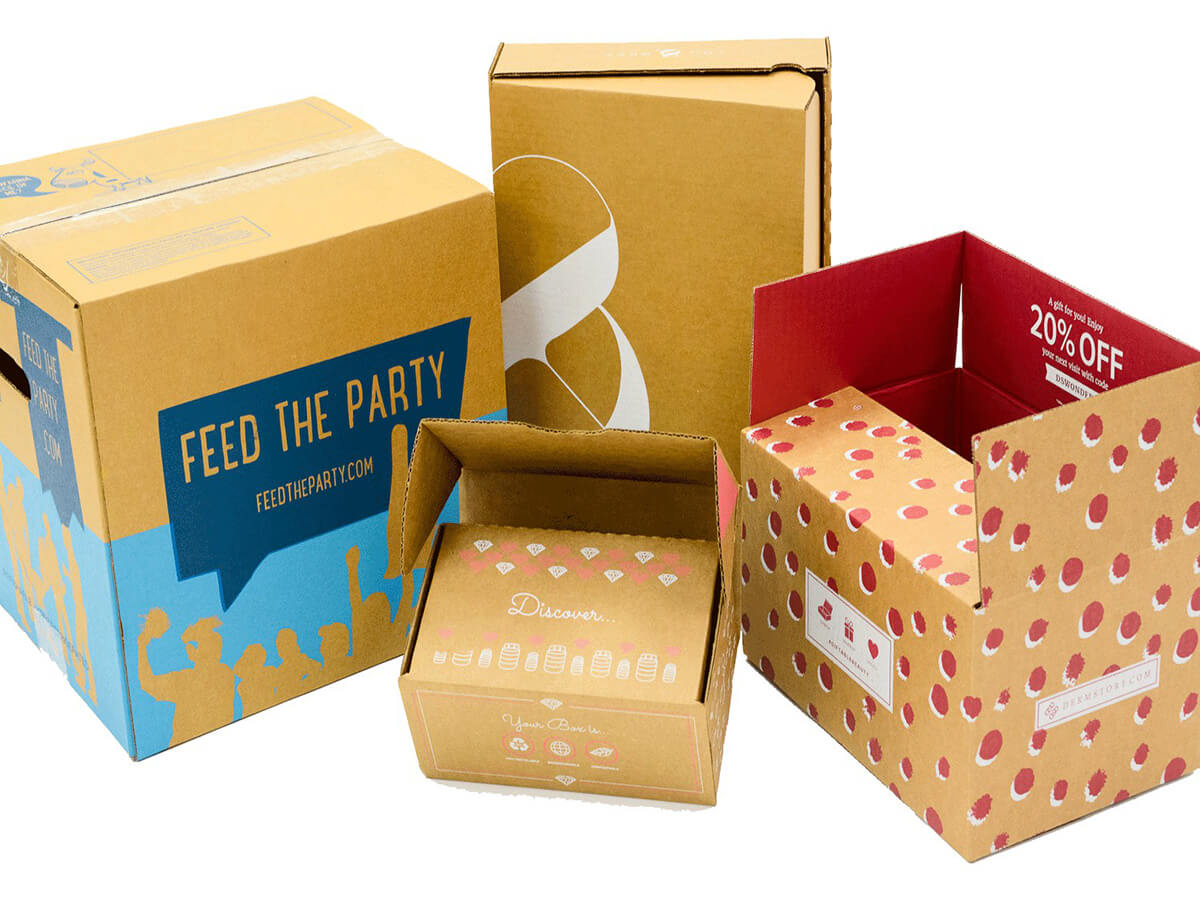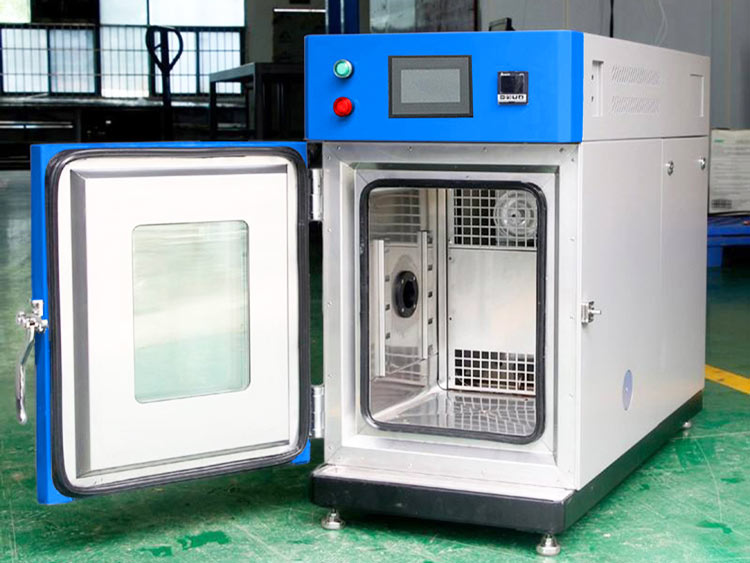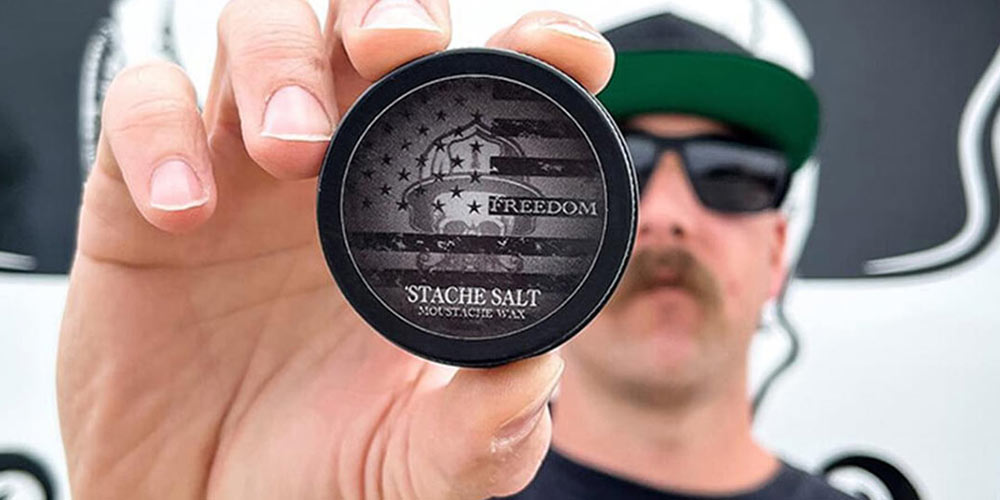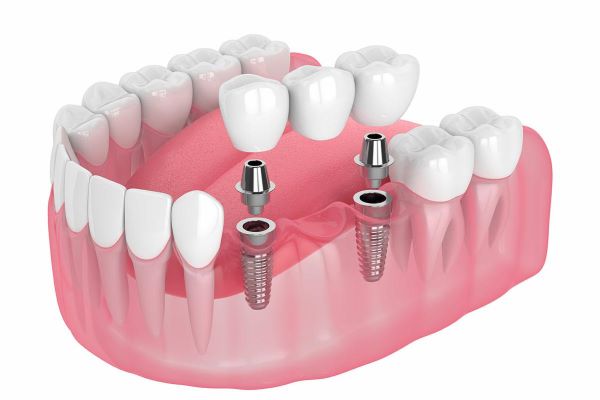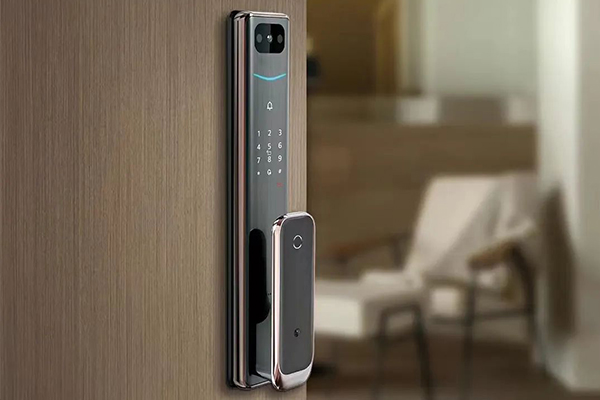Why choose cardboard packaging? As we move towards more thoughtful, sustainable ways of living, one of the things we encounter daily is our choice of packaging. The packaging on products we choose to buy and the packaging we decide to use in our businesses.
The vast majority of packaging is plastic. Most products come in some type of plastic, from transparent plastic film, molded plastic trays, rigid plastic containers, and plastic-coated cardboard boxes to plastic shipping mailers and Styrofoam packing pellets.
Some plastics are recyclable, but the reality is that only a tiny percentage of plastics are recycled. So, how can we do better? What are the best options? As more people become aware of the issues around plastic and seek alternatives, there has been tremendous growth in the sustainable packaging industry.
There are now many innovative and effective alternatives to plastics! However, many are not easily accessible in terms of distribution and cost. That is where good old-fashioned cardboard comes in!
Cardboard packaging has been around for many years, and it has been refined and perfected into some of the most effective, inexpensive, and sustainable packaging options. Keep on reading to learn more about what makes cardboard the most affordable and worthy packaging solution:
1. What is Cardboard Packaging?
Cardboard packaging refers to boxes made from cardboard, it is made by a special Boxmaker Machine. Examples include boxes, gift boxes, shipping boxes, molded cardboard to hold items in place within their packaging, egg cartons, shredded cardboard to protect delicate items in transit, and many, many more.

2. How Widespread is Cardboard Packaging?
Cardboard packaging is very popular. Almost every e-commerce business that deals with shipments and logistics uses cardboard boxes to protect their goods during transportation. Many retailers and crafting companies also prefer cardboard because of its lightweight, low price, and easy customization.
Some small and mid-size businesses also use cardboard packaging to demonstrate that they are eco-friendly brands. And even though cardboard boxes are indeed the most widely used packaging supply, there are also cardboard fillers in high demand.
As a consumer, choosing cardboard and plastic-free reduces the impact of your consumption considerably. This is especially true if the packaging is sustainably sourced or made from recycled material and is recyclable (most plastic-free paper products are!).
3. What Makes Cardboard Better Than Plastic?
There are many reasons why cardboard is a better packaging choice than plastic.
As a start, cardboard is the go-to environmental choice. Regular cardboard is recyclable, unlike some kinds of plastics. Cardboard is made of timber, while plastic is not a renewable resource.
So when it comes to decomposition, cardboard is biodegradable and can fully break down in 2 or 3 months under current conditions. On the other hand, plastic is a hazardous contaminant and takes hundreds of years to decompose.
Another advantage of cardboard packaging is it uses less space when stored since most cardboard boxes are collapsible and fillers can be flattened out.
The most deal-breaking difference between cardboard and plastic packaging is the price point. Cardboard is considerably cheaper and more affordable than plastic. You can get high-quality, fully customized cardboard for the same price as the lowest-quality plastic packaging.
When it comes to transportation and logistics, cardboard wins again. Shipping products in cardboard packaging costs considerably less compared to plastic packaging because cardboard is super lightweight.
4. 5 Reasons to Choose Cardboard Packaging for Businesses and Consumers
There 5 reasons to choose cardboard packaging for businesses and consumers.
1) Offers Protection and Durability
Preserving products to their best quality during storage and logistics is an important step every business must take. Investing in cardboard often is the best solution to protect goods and keep products intact without using plastic.
Cardboard boxes are designed to ensure maximum safety for your goods. This type of packaging is very durable, hard to penetrate, protects products from vibrations and external aggressors, and can prevent serious damage to what is inside the box.
As consumers, products packaged in cardboard are more likely to arrive undamaged and intact. Win-win!
2) Eco-friendly
Cardboard packaging is exceptionally environmentally friendly. When compared to alternative packaging materials, cardboard manufacturing decreases oil and CO2 emissions by more than 50%—making it one of the materials with the least ecological impact.
Cardboard is a recyclable and biodegradable material. To minimize waste generation, the best way to dispose of cardboard would be to recycle it. In case cardboard packaging ends up in nature, decomposition time is only a few months until the complete breakdown (under the right conditions). It can even be composted at home!
Cardboard is easily recycled and takes little effort on the part of the consumer. Unlike plastic, there is no rinsing, no sorting, and no searching for facilities that accept different types of materials.
And the best thing is, once recycled, cardboard does not lose its durability, or any of its other qualities. That means that, unlike plastics that lose quality with every recycling, they can be reused again and again. This also makes cardboard even more affordable and cost-effective.
The energy required to recycle cardboard is 50% less in electricity and 90% less in water, compared to the manufacture of virgin packaging materials.
3) Highly Customizable
For businesses, another reason to choose cardboard packaging for your business is the easy customization. Cardboard boxes are unique package materials that are fully adaptable. With just a few adjustments, cardboard can fit the needs of your company and your customers.
Printing over cardboard is a very fast and easy procedure. And so are sticking labels. Even if you have a very small budget, a custom cardboard box branded with just your logo is often enough to make your products recognizable. But if you can afford to spend a few extra bucks, fully tailored cardboard packaging to the best way to go about your brand.
Also, cardboard is one of the easiest packaging materials to cut and amend. Shaping and resizing cardboard to fit products of different forms and proportions is almost effortless. Securing a package could be done with just paper tape, glue, or staples.
For consumers, the easy customization of cardboard packaging translates into receiving less packaging for every item delivered. This often cuts down on shipping costs and also means you have less excess packaging to deal with and recycle. Durable cardboard boxes can be reused or upcycled for storage too.
4) Cost-Effective for Small Businesses and their Customers
Packaging is an extra expense for businesses, but it is an inevitable one. You cannot sell items without that outer layer of protection and presentable cover. Otherwise, you risk exposing your products to damage and having them wear out faster, damaging your brand reputation and losing your customers.
So now that we have established that packaging is a must, it is time to find the most long-term and cost-effective option, right?
Packaging costs and customization costs often play a major role in decision-making for small companies. That’s why most small brands choose the most affordable option – cardboard packaging.
The price of cardboard is very reasonable. Especially when you compare it to the cost of alternative packaging options like plastic thus, in the long run, choosing cardboard would save you the most money and help you make a positive impact on the environment.
For consumers, cost-effective packaging translates to less expensive products. When the packaging costs less, the products usually cost less too.
5) Cardboard is Highly Versatile
There are no better packaging boxes than cardboard boxes! Super lightweight, and easy to carry and transport, cardboard is an excellent packaging solution.
Since cardboard is easily customizable and comes in various sizes and shapes, you can store different types of products. You can package almost anything in a cardboard box – from souvenirs, cosmetics, and tiny accessories to books, clothes, electronics, and gifts.
This is great for sellers but also great for consumers who can reuse or upcycle cardboard boxes for storage – in the shape and size they need for just about everything!
5. Frequently Asked Questions
There are answers to frequently asked questions.
1) Is cardboard packaging sustainable?
Yes. Cardboard is considered a sustainable type of packaging because it is made from renewable raw materials, is durable and reusable, is widely recycled, and does not lose quality with recycling so it can be recycled again and again, is biodegradable and, in the right conditions, it is compostable. Check out the full guide for more info on what makes cardboard a sustainable packaging choice.
2) Is cardboard packaging more expensive?
That depends on the type of cardboard packaging you need, as it varies depending on the weight, strength, shape, and design you require, as well as the type of material it is made out of. In general, cardboard is an affordable option, which often costs significantly less than other types of packaging for the same applications. Take a look at the full guide for more info.
6. Conclusion
Cardboard is an eco-friendly, sustainable, and effective alternative to plastic packaging. It is also easily accessible, cost-effective, convenient, and easy to recycle after use. Choosing cardboard is a win-win for both consumers and the businesses they buy from!

